Steiff’s Heroic Journey – How a Teddy Bear became a Global Synonym for Childhood
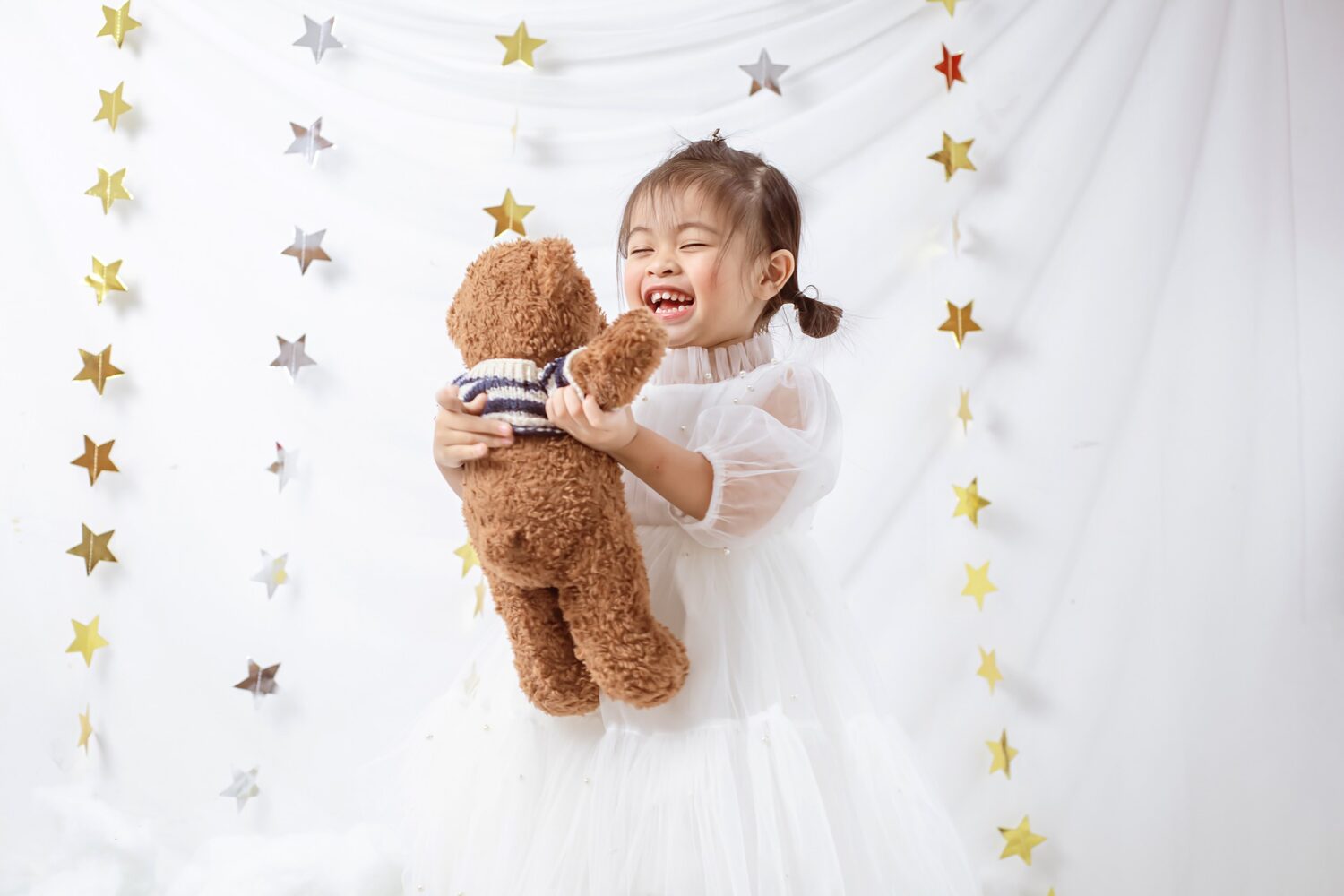
A bad nightmare wakes a child in the middle of the night. Who is immediately on hand to comfort them, even before their parents? The faithful teddy bear. With his round button eyes and fluffy fur, he is the perfect cuddly companion. The bad dream is already forgotten. A scene that takes place in millions of children’s bedrooms around the world. The German company Steiff has played a large part in this. To mark the 120th anniversary of the Teddy bear, we are therefore presenting the company’s heroic journey and the personalities who have made the cuddly bear synonymous with childhood around the world. Founder Margarete Steiff and her favorite nephew Richard have also experienced a fascinating development on the path of their company. Spoiler alert: It’s an inspiring lesson in how people can emerge from setbacks greater than ever.
But first to the basics: The Hero’s Journey by American myth researcher Joseph Campbell describes a pattern in storytelling. Whether Star Wars or Harry Potter, the most successful stories and myths follow the stages of the hero’s journey. Other companies have also undergone inspiring hero’s journeys, such as Nike, Haribo and LEGO. The cycle developed in the 1940s was modernized by Christopher Vogler and is now also suitable for company histories. This is the framework for our story about Steiff.

A Familiar World: Everyday Life in Giengen an der Brenz
The tranquil town of Giengen an der Brenz is located between Heidenheim and Ulm on the Ostalb. The first half of the 19th century was not easy economically for the region, but new opportunities developed with the onset of industrialization. Although Giengen already had town rights in Baden-Württemberg, it still had a very village-like feel at the time.
Apolonia Margarete Steiff was born there on July 24, 1847, the third of four children. Her family’s life is rather simple and typical of life in the tranquil town. Her father Friedrich supports the family as a master builder, while her mother Maria runs the household and helps her father with his work. Margarete’s path seems to be mapped out: find a respectable husband after school and support the family as a housewife and mother.

But things turn out differently: at 18 months, the little girl falls ill with polio. The family is told that their previously lively and carefree child will not be able to walk for the rest of her life. The mother’s world collapses as she assumes that her daughter will forever be dependent on the help of others.
The Reputation: How Margarete Steiff took her Fate into her own Hands
Margarete fights for her place in life despite her severe limitations. She is developing into a very sociable girl and spends a lot of time with the other children despite her physical impairment. She uses her imagination and transforms games so that she can join in. This creativity and ingenuity will prove useful later on. She shows the same determination not to be isolated at school. She is supported by her classmates on the way there and carried up the stairs by a neighbor. She is eager to learn and is developing into a good pupil.
After graduation, the question arises as to what Margarete will now do with her life. After all, it is a male-dominated time. Traditionally, women have their role in the household, not at work. The income is secured by the husband. In the eyes of society at the time, the diagnosis was therefore tantamount to a kind of professional ban. Because, according to the strict ideas of the 19th century, she cannot fulfill the typical role of housewife and mother with her handicap. However, Margaret’s difficulty in fitting into this predetermined life will turn out to be a stroke of luck.
The Refusal: Once again underestimated
A wish is born. Margarete dreams of becoming a seamstress. She wants to attend a sewing school, but her father refuses to agree. He wants to protect her from disappointment. He can’t imagine how she can pursue this trade with her physical limitations. But here too, Margaret’s determination is evident and she prevails. At first, she actually finds the craft difficult and takes much longer than others to complete her work. But she specifically seeks the help of her sisters and, with a lot of practice, eventually becomes a very good seamstress. Once again, she proves that she is not limited by illness or gender roles.
Mentors (against their will): Father Friedrich Steiff and Cousin Wilhelm Adolf Glatz
After his initial skepticism, father Friedrich now actively supports his daughter. In 1874, he rebuilt the family home. There is now a study on the second floor, which is used as a tailor’s shop. He literally lays the foundations for the family’s business. From there, the Steiff sisters work diligently on their ever-increasing number of orders. The hard work paid off and soon the family was the first in the village to buy their own sewing machine.
Here, too, Margarete encounters another hurdle. This is because the appliance is not accessible from the front with a wheelchair. But ingenuity, tenacity and the support of her family help her here too. From now on, she operates the machine from the back and becomes more effective than ever. Impressed by this productivity, her cousin by marriage Wilhelm Adolf Glatz had an idea. He suggests that she set up her own felt business.
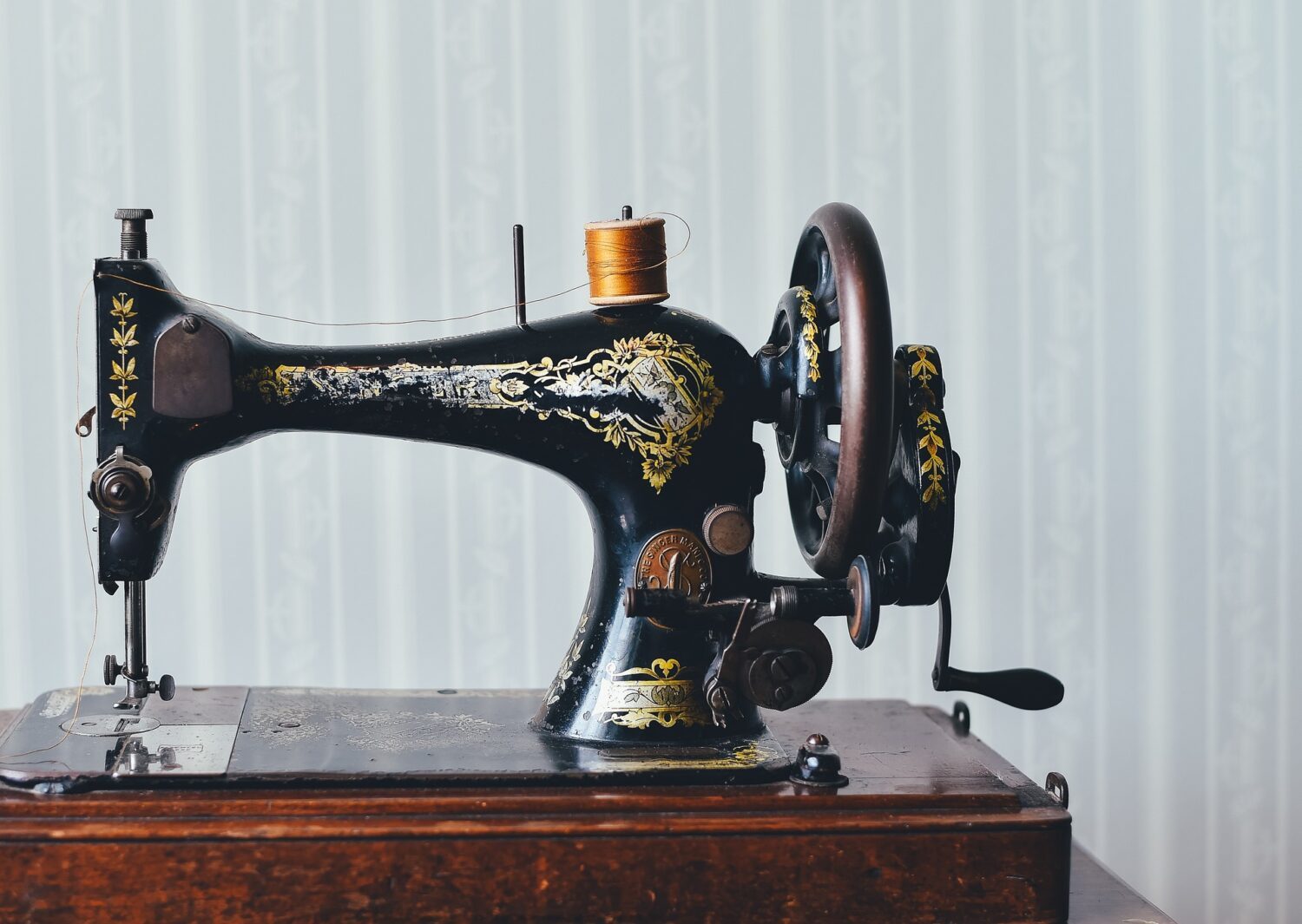
Crossing the First Threshold: A small Elephant as the Cornerstone of an Empire
In 1877, Margarete followed the suggestion and founded a felt clothing store, where she sold home-made household articles and textiles. The store quickly developed into a successful small business with several permanently employed seamstresses. It was during this time that she came up with the idea for a product that would later prove to be the cornerstone of the Steiff empire: the “Elefäntle”.
In 1880, she came across the pattern of a small elephant in a fashion magazine. She uses this pattern to make a pincushion in the shape of the animal. This little elephant, originally designed as a practical everyday product, quickly becomes an absolute bestseller at the nearby Heidenheim market. This is not only due to its functional benefits, but above all to its cute appearance. The soft felt animal quickly becomes popular with children as a cuddly toy. Margarete Steiff recognizes the opportunity and goes on to produce more felt figures in the following years, which bring a sparkle to many children’s eyes and make the business flourish.
Trials, Allies, Enemies: How favorite nephew Richard Steiff develops a Plush Teddy Bear
Margarete Steiff’s successful business life is at its peak and she plans specifically how the company can continue to develop in the future. It was therefore fitting that in 1897 her favorite nephew, Richard Steiff, graduated from the School of Arts and Crafts in Stuttgart and went on to study in England before joining the family business.
Richard’s hobby proves to be fateful for the company. In his free time, he likes to go to the zoo and make sketches of the bears in the enclosure. Inspired by the bestseller “Elefäntle”, he finally comes up with the idea of developing a bear as a soft toy based on his sketches. 1902 is the year of birth of the Steiff teddy bear. Although the plush toy is already intended for children, the first prototype is still a little stiff with its somewhat too accurate appearance. The special thing about him, however, is that he has movable arms and legs. Richard Steiff gives him the formal and functional name “55PB” for “55 centimeters”, “plush” and “movable”.
Richard proudly presented his invention at the Leipzig Spring Fair in 1903. But the disappointment is great: at first, no one is interested in the cuddly toy. Just before the trade fair closes, a buyer from America comes to the stand and is delighted. He buys the entire stock and orders in advance. In fact, the teddy bear becomes a success in the United States and in the following year an incredible 12,000 Steiff bears are sold in the USA.
Three years later, another American will finally bring about the absolute triumph of the teddy bear. But first Steiff faces another test. The popularity of the products leads to hostile imitators. A price war is looming. Fortunately, Franz Steiff, another of Margarete’s nephews, has an ingenious idea. In 1904, he developed the “button in the ear” of every cuddly toy, a trademark that is still known worldwide today. This turns the animals into branded products with a high recognition value. Initially with the Elefäntle logo, it is replaced over time by the Steiff lettering.
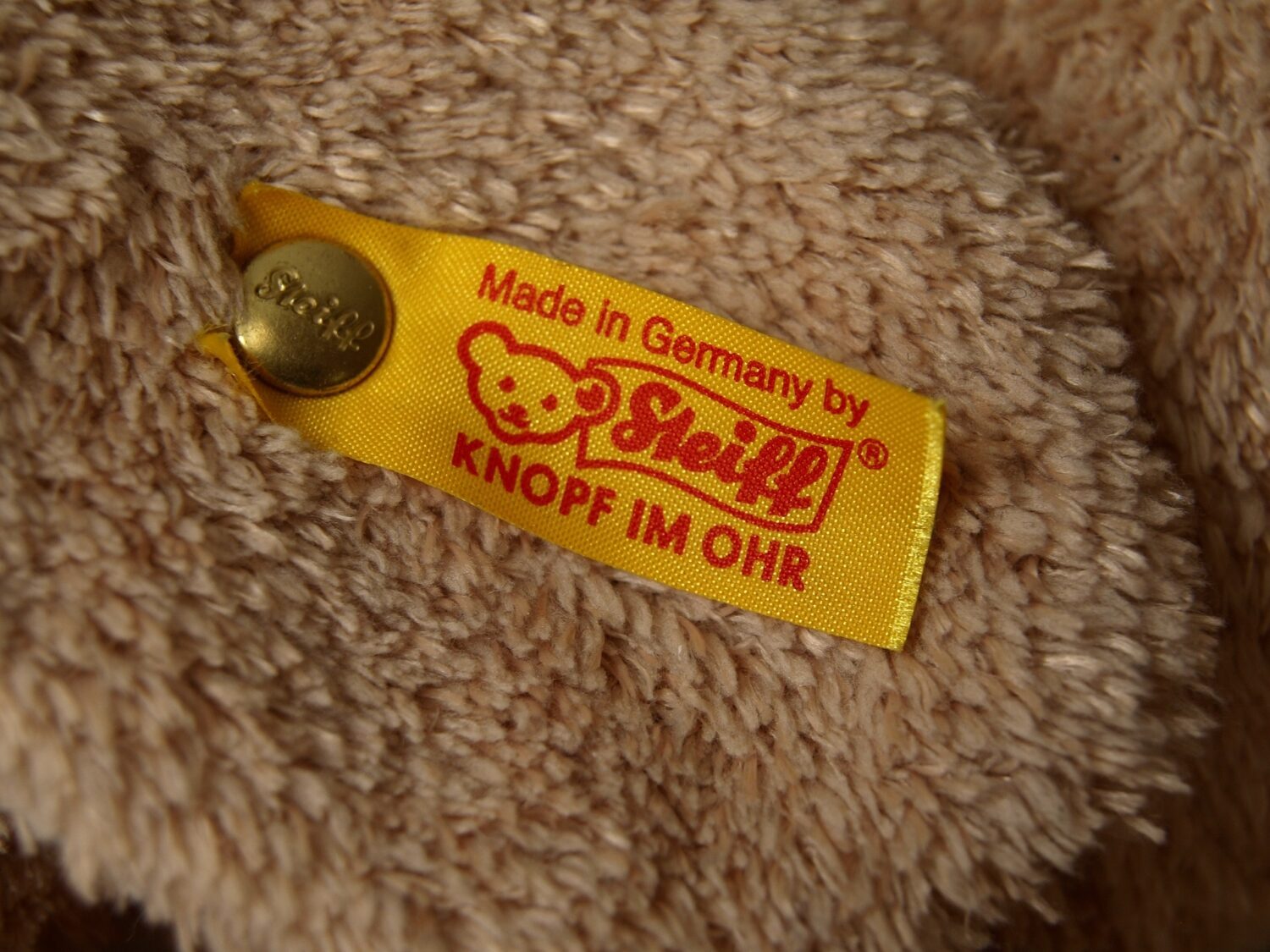
An Ally from Overseas: A US president with the Name “Teddy”
By a fateful coincidence, a very famous American turns out to be another ally of the Steiff family. In 1906, US President Theodore Roosevelt, nicknamed “Teddy”, was at the height of his political career. The popular president is on a hunting trip with his entourage and the press when he is offered a small bear on a leash as an easy target. However, Roosevelt refuses to shoot the helpless bear. The experience is enthusiastically received by the journalists present and Cliffort K. Berryman draws the scene as a caricature entitled “Teddy’s Bear”.
The picture is published in the Washington Post and spreads like wildfire. The charming story means that more and more children want to have a bear like “Teddy”. A veritable boom quickly developed around the teddy bear and Steiff’s cuddly toys sold like hot cakes. With 400 employees and 1,800 home workers, it now produces 1,700,000 toys and 973,990 teddies and is becoming increasingly well-known. As a thank you for their unexpected brand ambassador, the first Teddy delivery for the USA also includes a bear for President Roosevelt. The latter doesn’t mind the association and is happy to accept the gift.
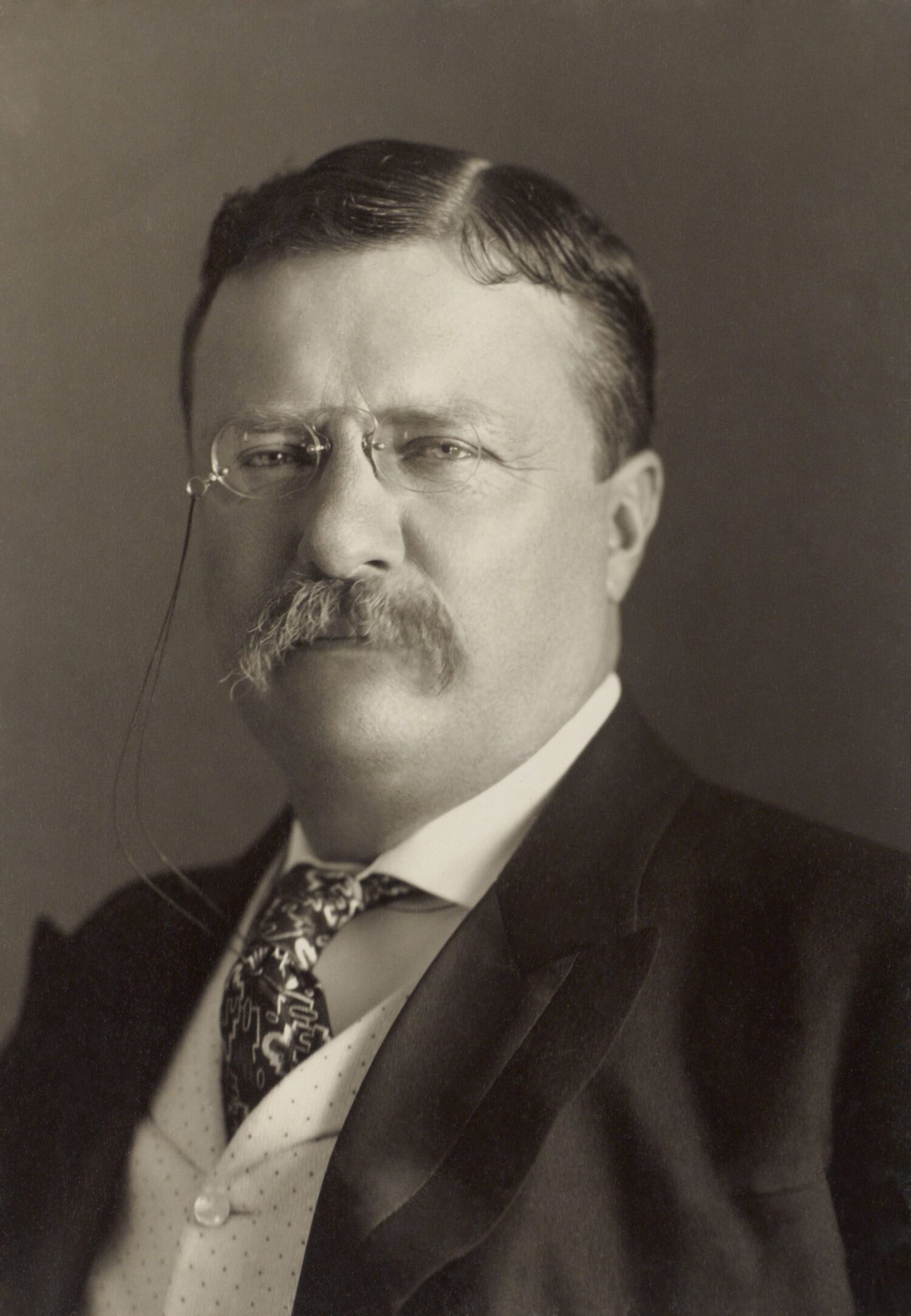
Penetrating the deepest Cave: The Death of the Company Founder, Material Shortages and the Golden Twenties
After the happy years of the boom, hard times come to the Steiff family. Matriarch Margarete Steiff died on May 9, 1909, aged just 61, as a result of pneumonia. The company and her nephews now have to make do without the ingenuity of the clever woman. The mood throughout Europe also changed and the First World War broke out in 1914. In the hardship of the war and the post-war years, toys are not a priority. Once again, the family’s inventive spirit saved the business in 1919. As mohair and wool had become scarce materials due to the war, they were quickly replaced by paper. The “paper teddy bear” is born. In addition, Steiff now also sells toys made from regional wood as an alternative.
A short time later, the Roaring Twenties set in and the economic mood brightened again. The renewed zest for life leads to a high demand for the cute teddy bears, now also made of soft plush again. In order to meet the high demand, Steiff introduces assembly line production from 1925.
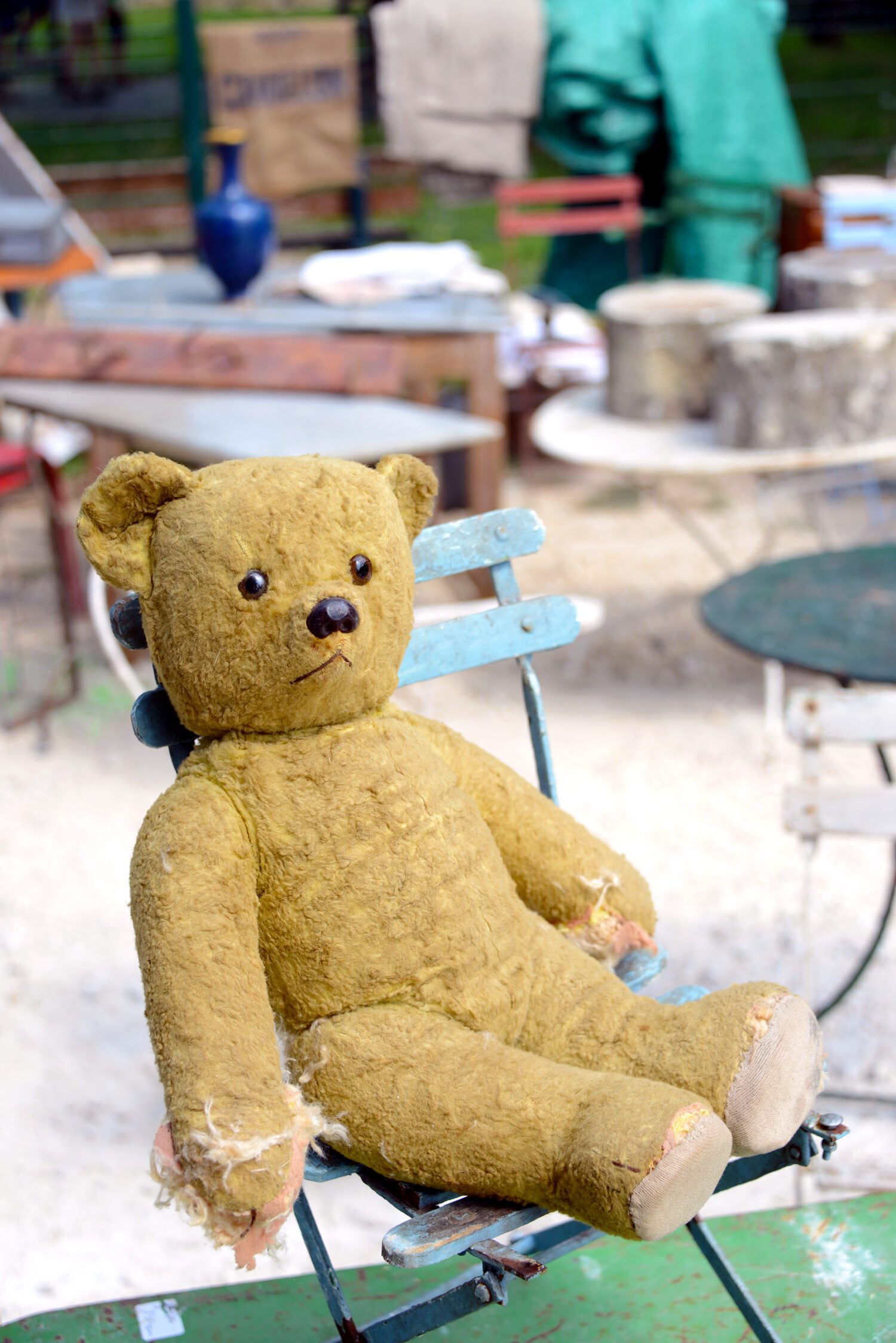
The Decisive Test: National Socialism and the Second World War
The flourishing mood of the 1920s comes to an abrupt end with Hitler’s rise to power. For many German companies, the question now arises as to how much they are pandering to the National Socialists. At the beginning of the Hitler regime, Steiff produces an SA felt figure. The company is not alone in glorifying war. Some companies of the time marketed games with which they wanted to align themselves with the National Socialist zeitgeist. However, the Nazis themselves did not like the plush SA figure. In 1934, production was banned by the Württemberg State Trade Office, as in their opinion it would tarnish the “dignity of national symbols”.
With the outbreak of the Second World War, at the latest, great suffering and hardship once again took hold in Europe. Once again, toys and teddy bears are not a priority for the population. Furthermore, Steiff is a company that had also generated high additional income from exports before the war. In the aftermath of the war, the question arises as to how the company’s reputation from National Socialist Germany can ever be restored.
The Reward: A New start in the Economic Wonderland of the 1950s
After suffering comes recovery. In 1947, two years after the end of the war, Steiff made a new start in business. You benefit quickly from the build-up mood. After just one year, they can already employ 1,000 people and five years later almost twice as many.
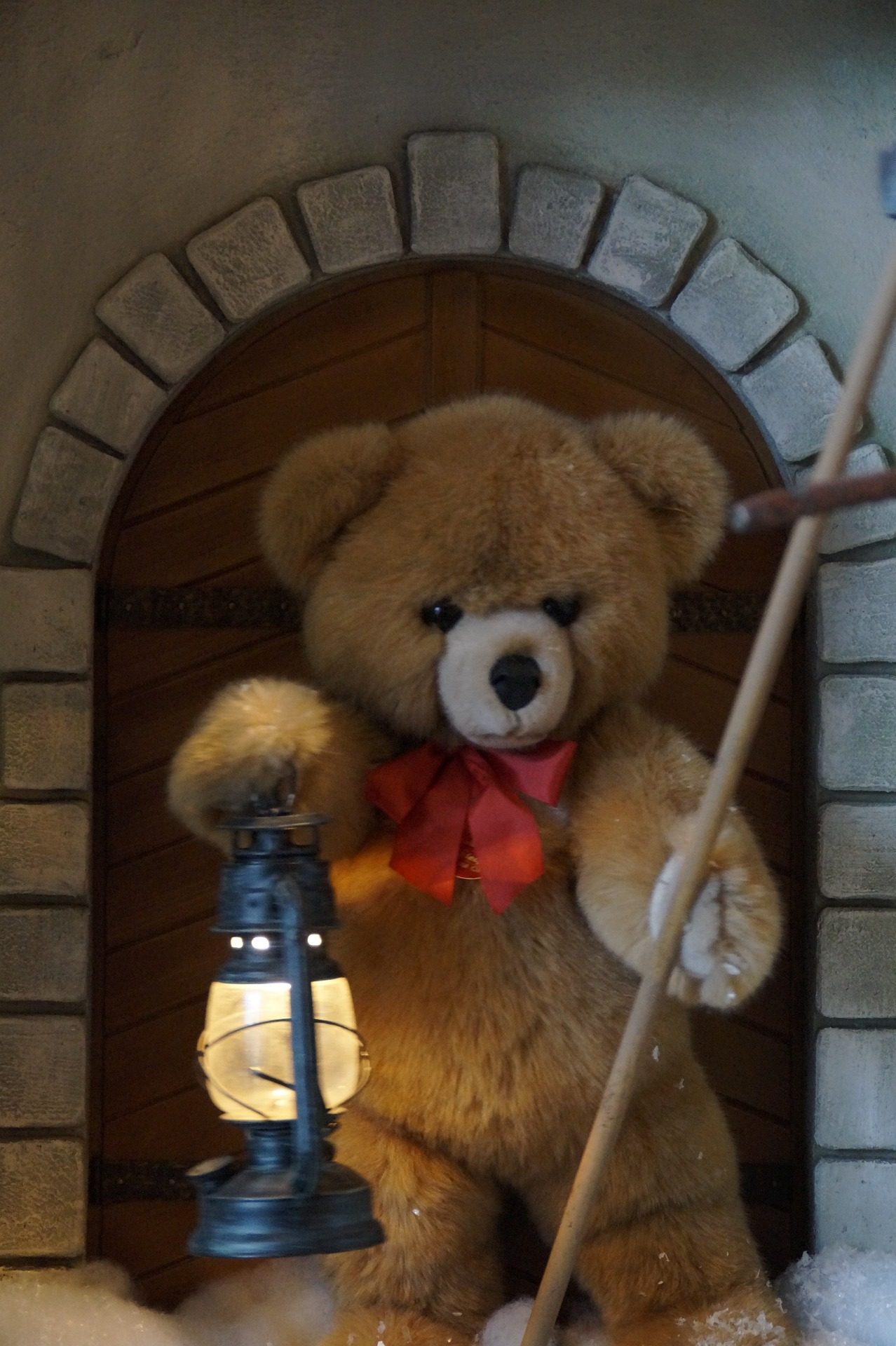
At the same time as the economic upturn, the “American way of life” is also becoming increasingly popular. And what could be more suitable than a teddy bear for the children. In keeping with the spirit of optimism, Steiff’s bear is also reinventing itself. In 1950, it is given a revised design and christened the “Original Teddy”.
Return and Resurrection: Modernization and new Ideas again and again
In den folgenden Jahrzehnten lässt sich Steiff immer wieder etwas Neues einfallen. In 1966, the design of the “Original Teddy Bear” is modernized and fans call it the “Masked Bear” because of its short pile muzzle. Over time, the teddies become more and more unusual. This was also the case with the “British Collector’s Teddy Bear” series launched in 1989 and the country editions with various national costumes. With the Steiff Club, founded in 1992, the company is establishing more and more adult collectors as a target group alongside children. The exclusive designer collaborations that have been produced since the 2000s and sold at auctions for a good cause also fit in with this. To mark its 125th anniversary, the company opens its own museum in Giengen. Historical figures are exhibited there and children can enjoy a petting zoo with cuddly animals and a plush snake slide.

Return with Elixir: 120 years of Steiff
120 years after the birth of the first Steiff teddy bear, the family and the company can look back on a long and eventful history. Steiff’s elixir for success is the combination of modernity and innovation while at the same time preserving tradition. The current collaborations with audio drama producers also create audiovisual storytelling for children and ensure that the brand remains relevant in the multimedia age. With the anniversary teddy bear family for the 120th anniversary. At the same time, Steiff is celebrating its roots on its 50th birthday.

This is how the small company in Giengen an der Brenz became a well-known brand that makes the hearts of children and adults alike beat faster all over the world. May Steiff face further trials in the future, the teddy bear will most likely retain a nostalgic place in the hearts of us all.
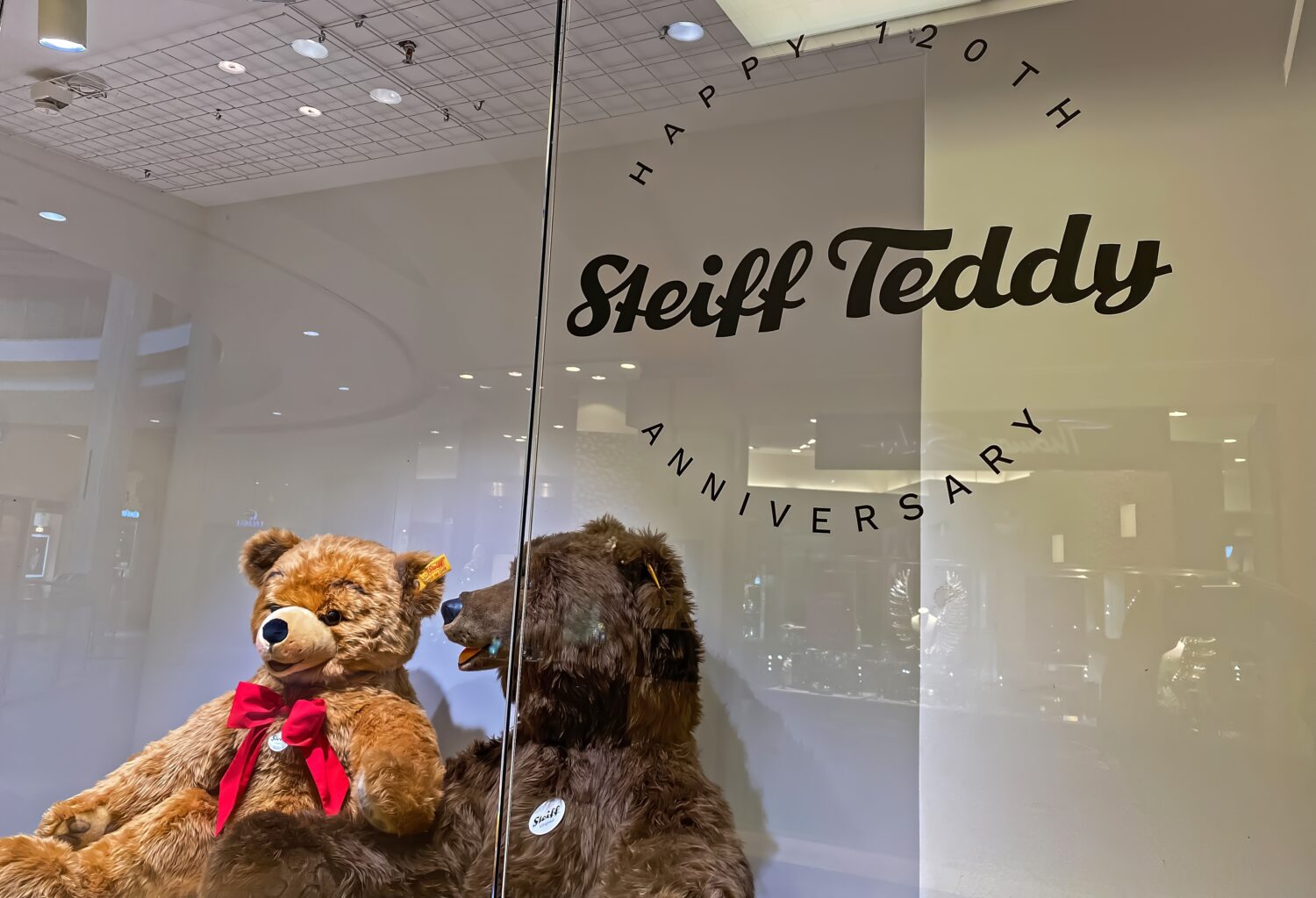
Share this article
Related articles

3 May 2024







